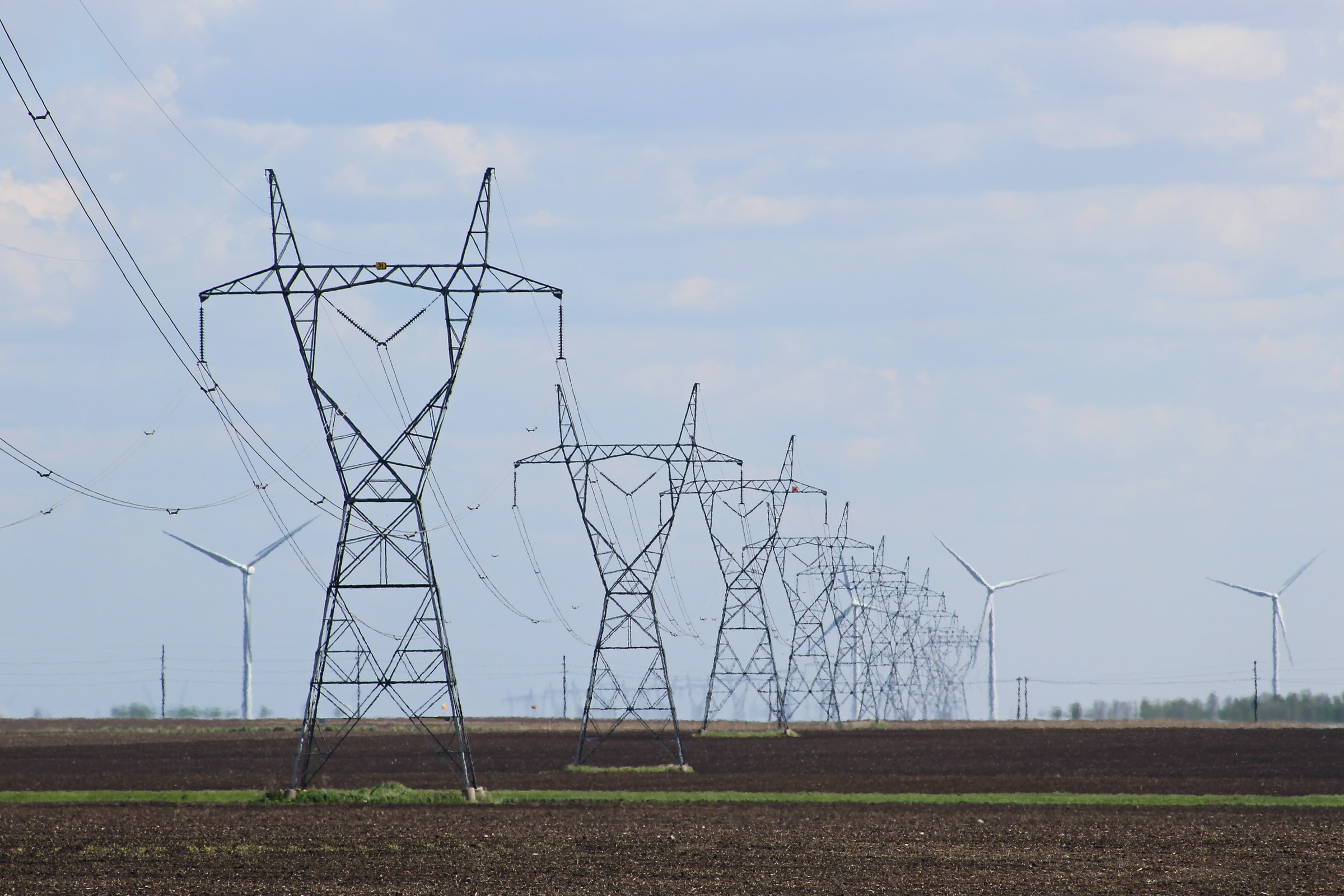Industry-standard baselines for improved forest management (IFM) may significantly overestimate carbon credits

Industry-standard baselines for improved forest management (IFM) may significantly overestimate carbon credits
Existing protocols for improved forest management lack science-based criteria to validate the sequestration of metric tons of CO2. Without sufficient regulation of carbon accounting baselines, misaligned incentives favor financial gains over real climate benefits. Revising carbon project protocols can help solve this problem.
Badgley Grayson, Freeman J, Hamman J, Haya BK, Trugman A, Anderegg W, Cullenward D. (2021) Systematic over-crediting in California’s forest carbon offsets program. Global Change Biology. doi: 10.1111/gcb.15943.
Haya BK, Evans S, Brown L, Bukoski J, Butsic V, Cabiyo B, Jacobson R, Kerr A, Potts M and Sanchez DL. (2023) Comprehensive review of carbon quantification by improved forest management offset protocols. Front. For. Glob. Change 6:958879. doi: 10.3389/ffgc.2023.958879
van Kooten, G. C., Bogle, T. N., and de Vries, F. P. (2015). Forest carbon offsets revisited: Shedding light on darkwoods. For. Sci. 61, 370–380. doi: 10.5849/forsci.13-183
Existing protocols for improved forest management lack science-based criteria to validate the sequestration of metric tons of CO2. Without sufficient regulation of carbon accounting baselines, misaligned incentives favor financial gains over real climate benefits. Revising carbon project protocols can help solve this problem.
Improved forest management (IFM) is a nature-based solution that increases carbon stocks in forests as well as durable wood products through more sustainable forestry practices. By extending harvest cycles, employing selective harvesting, and reducing logging impact, IFM has the potential to increase global carbon stocks by up to 2 billion metric tons of CO2e annually. That’s equivalent to 1 billion round trips from New York to Paris, or 30 billion barrels of oil. But this level of sequestration will only happen if the projects themselves are developed using science-based criteria. Of the near 300 IFM projects that currently make up over 10 percent of available carbon offset credits in the voluntary carbon market today, the majority employ management techniques that more closely resemble avoided degradation activities (e.g., protecting existing forests) than IFM (e.g., extending timber rotation cycles). This discrepancy reveals a lack of science-based criteria in developing high-quality IFM projects that may remove and store carbon within a working forest, specifically by increasing woody biomass over time.
In a paper recently published in Frontiers in Forests and Global Change, Dr. Barbara Haya et al. present a first of its kind analysis that assesses IFM offset protocols—the frameworks used to develop and quantify carbon offsets—using science-based criteria. These criteria, specifically additionality and accurate baselines, are critical to the accurate generation of carbon credits that represent real metric tons of CO2 removed from the atmosphere, where one credit equals one metric ton of CO2. By failing to include these criteria in their guidelines for project development, IFM protocols like the American Carbon Registry (ACR) have yielded a number of projects shown to “over-credit”—or to issue more credits than metric tons of CO2 removed by that project. Over-crediting is detrimental to the efficacy of carbon markets as a climate change mitigation pathway for two reasons. First, over-crediting leads to misuse of climate funds. Second, over-crediting erodes trust in carbon removal offsets more broadly as a mitigation strategy, which is critical to reaching global climate goals. To avoid such over-crediting, IFM projects must design accurate and verifiable baselines.
Haya et al. define a baseline, or “counterfactual,” as what would have occurred without a carbon removal program, like logging. The carbon impact of a project is calculated against this baseline. They assert that because a baseline is hypothetical, it cannot be certain. But a baseline must still be credible and err on the side of underestimation in order to prove additionality. Defined in Carbon Direct’s industry-leading report as “requiring carbon finance to implement a project,” additionality ensures that a project would not have occurred through natural carbon cycles or prior compliance-based regulation. Additionality and baselines are thus linked, and this extends to IFM projects. Haya et al. state that because an IFM project must account for changes throughout the duration of that project (e.g., increase or decrease in woody biomass), the questions of whether a project would have occurred without carbon financing and what exactly would have happened outside of that project are inextricable. But how exactly do baseline calculations drive over-crediting in IFM projects?
A study cited in Haya et al.’s review helps answer this question. In this paper, Dr. Gerrit Cornelis van Kooten et al. research carbon credit development in forest conservation—also known as “avoided deforestation.” The authors base their analysis on a forest estate in British Columbia owned and developed by The Nature Conservancy of Canada (NCC). By inspecting NCC baselines, van Kooten et al. show how two different scenarios, intensive logging and sustainable management, lead to radically different carbon credit outcomes. In the first scenario, a lumber liquidator baseline was used to generate more carbon credits than actual metric tons of CO2 reduced by the project. A lumber liquidator baseline assumes that without carbon financing, the forest would be aggressively logged. This assumption then inflates the deforestation rate relative to the sustainable management scenario. This highlights a key aspect of IFM projects: baseline setting. Baselines can be intentionally skewed to serve landowners and project developers, such as timber investment organizations (TIMOs). Before selling land to carbon developers, TIMOs may choose to rapidly log the forest to create an artificially lower baseline of the carbon stock in the forest. In turn, that lower baseline inflates carbon crediting. Low baselines are more advantageous for IFM project developers than higher baselines from sustainably managed forests because they enable increased carbon credit generation, a practice that is facilitated by current protocols.
One protocol vulnerable to baseline manipulation is the California Air Resources Board (CARB) forest offset protocol, which has been shown to incentivize skewed baselines and drive over-crediting. CARB defines an industry-standard baseline as “the average onsite carbon stocks over a modeled 100-year baseline management scenario.” Haya et al. found this estimate to fall 30 percent below initial carbon stocks. In a recent paper, Dr. Grayson Badgley et al. explore how forest carbon offsets are designed within California and how that design leads to over-crediting. They do so by comparing carbon sequestration claims against available forest data, finding that California’s program awards outsized carbon credits to forest projects with allegedly larger carbon stocks, or carbon storage, than local averages. According to Badgley et al., this facilitates adverse selection where developers opt for forests whose ecological differences enable larger-than-average carbon stocks, helping them sell more credits when assuming an intensive logging scenario. Badgley et al. reveal that through this creative accounting, nearly one third of credits in the California program were over-credited—meaning that the credits do not actually represent the metric tons of sequestered carbon dioxide. This is equivalent to 30 million metric tons, exceeding $400 million in value at the time of the study. Consequently, over $400 million of climate funding from carbon credit buyers was misdirected with little-to-no climate benefit. Beyond the California carbon offset market, these misaligned incentives appear in other protocols like the Verra Carbon Standard (VCS), which uses historical and legal baselines that allow project developers to select the most financially beneficial scenario that generates more credits than metric tons of carbon dioxide. This is the core challenge of IFM projects: developers have a financial incentive to develop a project that delivers the greatest monetary value in credits, rather than one that delivers the greatest climate value in metric tons of sequestered carbon dioxide.
To address these misaligned incentives, Haya et al. propose changing the protocols themselves to adopt and evaluate against more accurate baselines. One pathway to do so is through strategic data collection and analysis. Relevant data include local historical practices, initial carbon stocks, similar forest areas with dynamic baselines, and the net present value (NPV) for landowners—taking into account additional considerations like harvest capacity, mill capacity, and changing market conditions. Historical forest data is imperative to control for the adverse selection that may still result from a knowledge gap between project developers on the ground and the registries that assess them. While baselines are just one of many criteria that determine carbon project quality, implementation of more accurate baselines may dramatically reduce over-crediting by calibrating financial and climate incentives. It is in this way that IFM carbon credits can deliver real impact as a climate change mitigation strategy.




